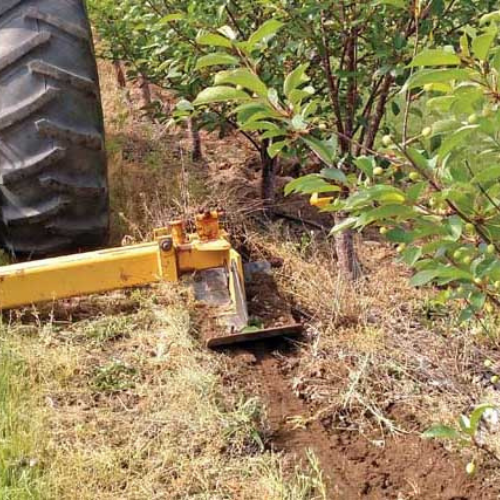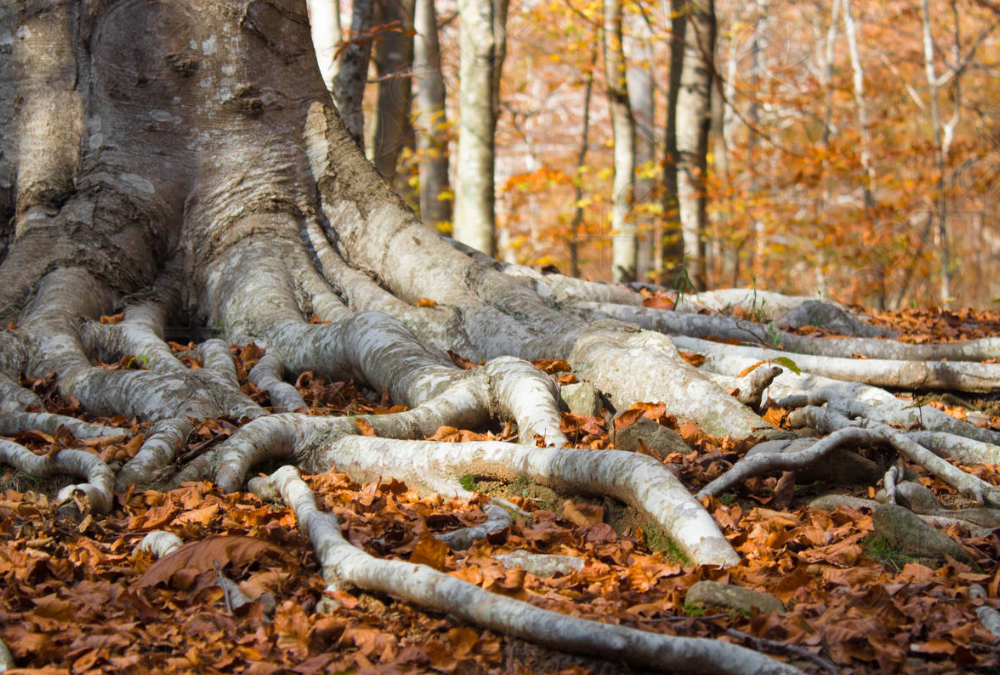When it comes to caring for trees, most people think about things like watering and fertilizing. However, another important aspect of tree care is rooting pruning. This simple technique can help your trees grow strong and healthy roots, which in turn will make the trees more resilient to pests and diseases. In this blog post, we’ll discuss what rooting pruning is, why you should do it, and how to go about it. So if you’re interested in learning more about this valuable tree care method, keep reading!
What is Root Pruning?
Root pruning is a gardening technique that involves cutting the roots of a plant in order to encourage new growth. This can be done for a variety of reasons, including transplanting, potting, or simply to encourage fuller growth. When root pruning is done correctly, it can stimulate new root development, leading to a healthier plant. However, if not done carefully, it can damage the plant and inhibit growth. Root pruning is best done in the late fall or early winter, when plants are dormant. This allows the plant to focus its energy on repairing the damaged roots instead of trying to produce new leaves and flowers. When pruning roots, it is important to make clean cuts and to avoid damaging the delicate root system. With careful planning and execution, root pruning can be an effective way to encourage new growth in your plants.
Why Do You Need to Root Prune?
There are several reasons. One is that it helps the plant be more drought tolerant. When you cut off some of the roots, the plant sends out more roots to replace them. These new roots are typically shallower and go outwards Why do you prune your hair? To get rid of split ends so that your hair can grow longer and healthier. It’s the same reason you need to root prune your plants! If you don’t cut off the damaged, old roots, they will continue to take up space in the pot, preventing the plant from developing new, healthy roots. Additionally, by root pruning you can encourage a plant to branch out, creating a fuller, bushier plant. Finally, if you are moving a plant to a new pot (either because it has outgrown its current one or because you want to change its location), root pruning will help it transition smoothly and prevent it from going into shock. So, as you can see, there are many good reasons to root prune your plants on a regular basis!
How to Root Prune a Tree or Shrub
 Root pruning is a process that involves carefully trimming the roots of a tree or shrub in order to control its growth. It can be used to prevent damage to sidewalks and driveways, or to keep a tree from growing too close to a foundation. Root pruning is also a common practice during transplanting, as it helps to reduce the stress on the plant and promote new root growth.
Root pruning is a process that involves carefully trimming the roots of a tree or shrub in order to control its growth. It can be used to prevent damage to sidewalks and driveways, or to keep a tree from growing too close to a foundation. Root pruning is also a common practice during transplanting, as it helps to reduce the stress on the plant and promote new root growth.
- Select a young tree or shrub that is still actively growing.
- Cut around the edge of the root ball, making sure to angle the cuts inward so that they converged at the center of the root ball.
- Using a sharp spade, chop straight down through the root ball, severing the roots cleanly.
- Remove any remaining roots with gardening shears or a rooting hook.
- Replant the tree or shrub in its new location, making sure to backfill the hole with loose soil.
Root pruning is an important part of tree and shrub care, as it helps to encourage new root growth and prevents the plant from becoming pot-bound. When done properly, root pruning can also help to increase a plant’s resistance to wind and water damage. As a result, it is an essential step in ensuring that your trees and shrubs stay healthy and vigorous for years to come.
When to Root Prune
Rooting pruning is a process of carefully cutting back the roots of a tree or shrub. This is usually done to encourage new root growth, or to prevent the roots from spreading too far and damaging sidewalks or buildings. Root pruning can also be used to control the size of a plant, or to help it adapt to a new location.
In general, root pruning should be done in late winter or early spring, before new growth begins. This gives the plant time to recover from the stress of having its roots trimmed before it has to start putting out new leaves and flowers. When choosing a root pruning method, it’s important to select one that will cause the least amount of damage to the plant. For most plants, a sharp spade or shovel is all that’s needed to make clean, precise cuts. however, for larger trees and shrubs, a power root cutter may be necessary.
With any root pruning method, it’s important to avoid damaging the trunk or main roots of the plant. When done correctly, root pruning can significantly improve the health and vigor of a tree or shrub. It can also help to control its size and spread, making it an essential tool for any gardener.
Other Reasons for Root Pruning
In addition to Prevention of Soil Erosion, root pruning can also be done for the following reasons:
- To Improve the Quality of fruits and vegetables, increase the size of flowers, or to prevent trees from toppling over. While many gardeners view root pruning as a necessary evil, it can actually be beneficial for your plants. By selectively removing some of the roots, you can encourage new growth and improve the overall health of your plants. However, root pruning is a delicate process, and it’s important to consult with a qualified horticulturist before embarking on this type of project. With a little knowledge and care, you can use root pruning to improve the quality and appearance of your plants.
- Get the timing right. Root pruning is best done in late winter or early spring, before new growth begins. This gives the plant time to recover from the stress of having its roots trimmed before it has to start putting out new leaves and flowers.
- Choose the right tool for the job. For most plants, a sharp spade or shovel is all that’s needed to make clean, precise cuts. However, for larger trees and shrubs, a power root cutter may be necessary.
- Be careful not to damage the trunk or main roots. When done correctly, root pruning can significantly improve the health and vigor of a tree or shrub. It can also help to control its size and spread, making it an essential tool for any gardener.
Root pruning is a delicate process, but with a little knowledge and care, you can use it to improve the quality and appearance of your plants.
Conclusion
Have you ever pruned the roots of a tree before? It’s not as hard as it sounds. In fact, if you have an excess of trees in your yard and they’re starting to compete for resources, then root pruning is a great way to thin them out. Keep reading for instructions on how to get the job done right. Do you have any experience with root pruning? Let us know in the comments below!
References:
To Root Prune or Not to Root Prune?
Root Pruning: Will Cut tree Roots grow back?
What is Root Pruning?

